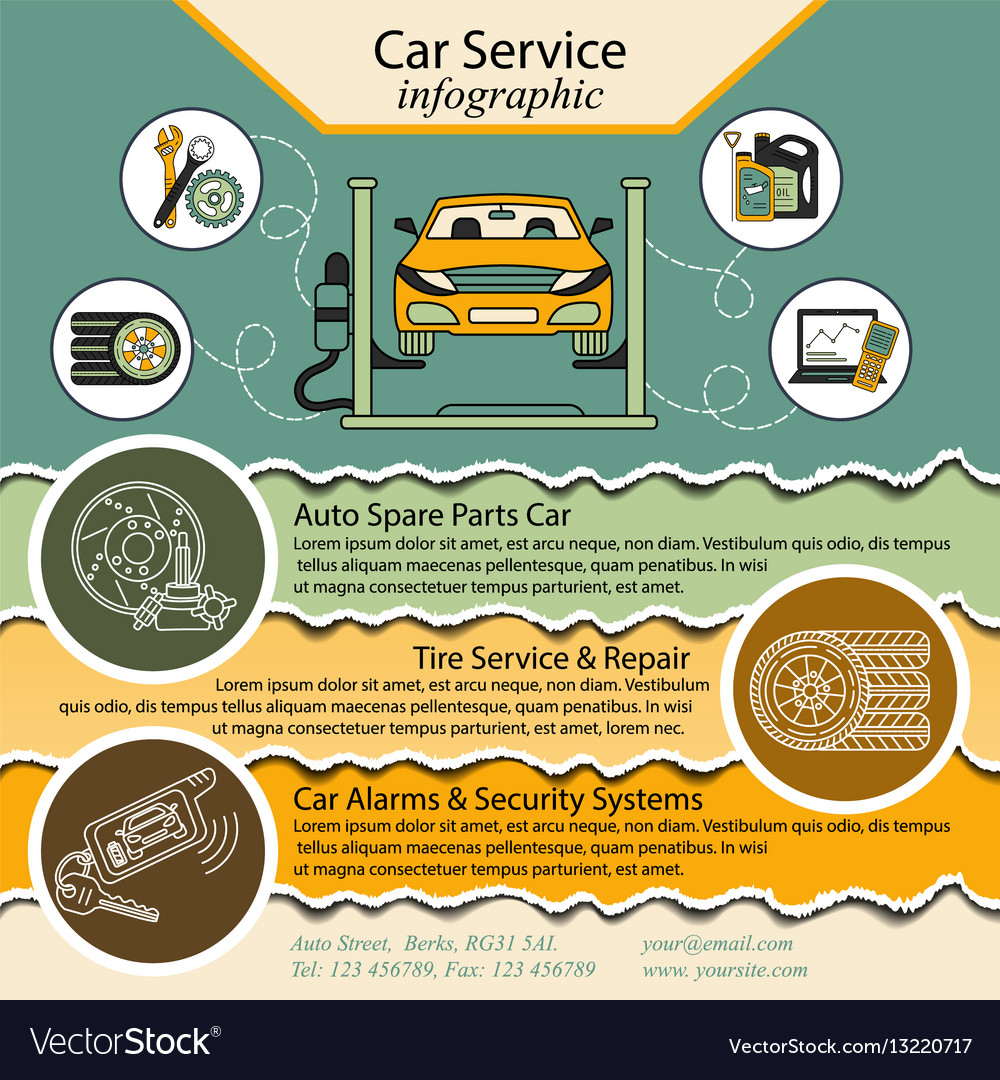Want To Learn More About The Warning Lights On Your Control Panel? Uncover What They Suggest Regarding Your Automobile'S Health And Wellness
Want To Learn More About The Warning Lights On Your Control Panel? Uncover What They Suggest Regarding Your Automobile'S Health And Wellness
Blog Article
Write-Up Author-Lim Alvarado
When you're behind the wheel, those beautiful warning lights on your control panel can be a little bit puzzling. Do you know what they're trying to inform you regarding your auto's health? Comprehending the relevance of these lights is crucial for your safety and the long life of your automobile. So, the next time one of those lights pops up, would not you want to understand its message properly and take the required actions to resolve it?
Common Warning Lights and Interpretations
Identify typical warning lights in your automobile and understand their significances to make certain secure driving.
One of the most normal caution lights include the check engine light, which signals concerns with the engine or exhausts system. If this light begins, it's vital to have your lorry inspected immediately.
The oil stress advising light suggests reduced oil stress, calling for prompt attention to prevent engine damage.
A blinking battery light might recommend a malfunctioning charging system, possibly leaving you stranded if not resolved.
The tire pressure surveillance system (TPMS) light signals you to low tire stress, affecting automobile stability and gas efficiency. Neglecting this can lead to unsafe driving conditions.
The abdominal muscle light indicates an issue with the anti-lock braking system, compromising your ability to stop promptly in emergency situations.
Finally, the coolant temperature level cautioning light warns of engine overheating, which can lead to extreme damages otherwise fixed promptly.
Recognizing these typical caution lights will help you deal with issues without delay and preserve risk-free driving problems.
Value of Prompt Focus
Comprehending the common warning lights in your automobile is only the very first step; the value of immediately resolving these warnings can't be emphasized sufficient to ensure your security when driving.
When a warning light brightens on your control panel, it's your automobile's way of interacting a possible issue that needs focus. Overlooking these cautions can result in a lot more extreme troubles later on, jeopardizing your safety and security and potentially costing you much more out of commission.
Trigger focus to warning lights can stop breakdowns and mishaps. For example, a flashing check engine light might indicate a misfire that, if left unattended, might trigger damage to the catalytic converter. Resolving this immediately can save you from an expensive repair service.
Likewise, a brake system cautioning light could indicate low brake fluid or worn brake pads, vital components for your safety when driving.
DIY Troubleshooting Tips
If you see a warning light on your control panel, there are a couple of do it yourself repairing tips you can try before seeking professional aid.
The initial step is to consult your vehicle's guidebook to understand what the certain caution light indicates. Sometimes the problem can be as basic as a loose gas cap triggering the check engine light. Tightening visit this site might settle the problem.
One more typical problem is a low battery, which can trigger numerous alerting lights. Inspecting the battery connections for corrosion and ensuring they're secure may fix the problem.
If a warning light persists, you can try resetting it by disconnecting the car's battery for a couple of minutes and after that reconnecting it. In car detailng , inspecting your vehicle's liquid degrees, such as oil, coolant, and brake fluid, can aid fix alerting lights related to these systems.
Verdict
In conclusion, understanding your auto's warning lights is vital for maintaining your automobile running efficiently and securely. By quickly attending to these alerts and knowing what they indicate, you can prevent expensive repair services and possible break downs.
Keep in mind to consult your vehicle's guidebook for certain information on each warning light and take action as necessary to guarantee a trouble-free driving experience.
Remain informed, remain secure on the road!
